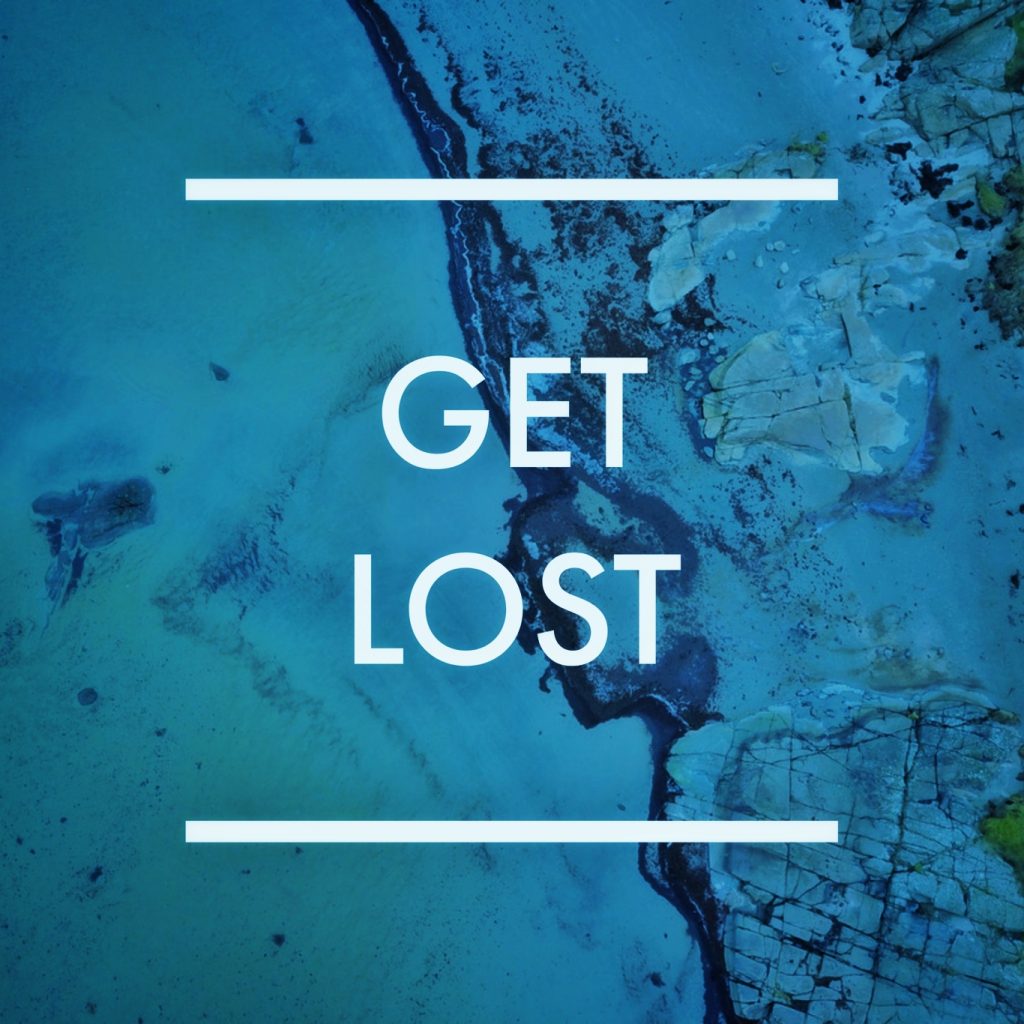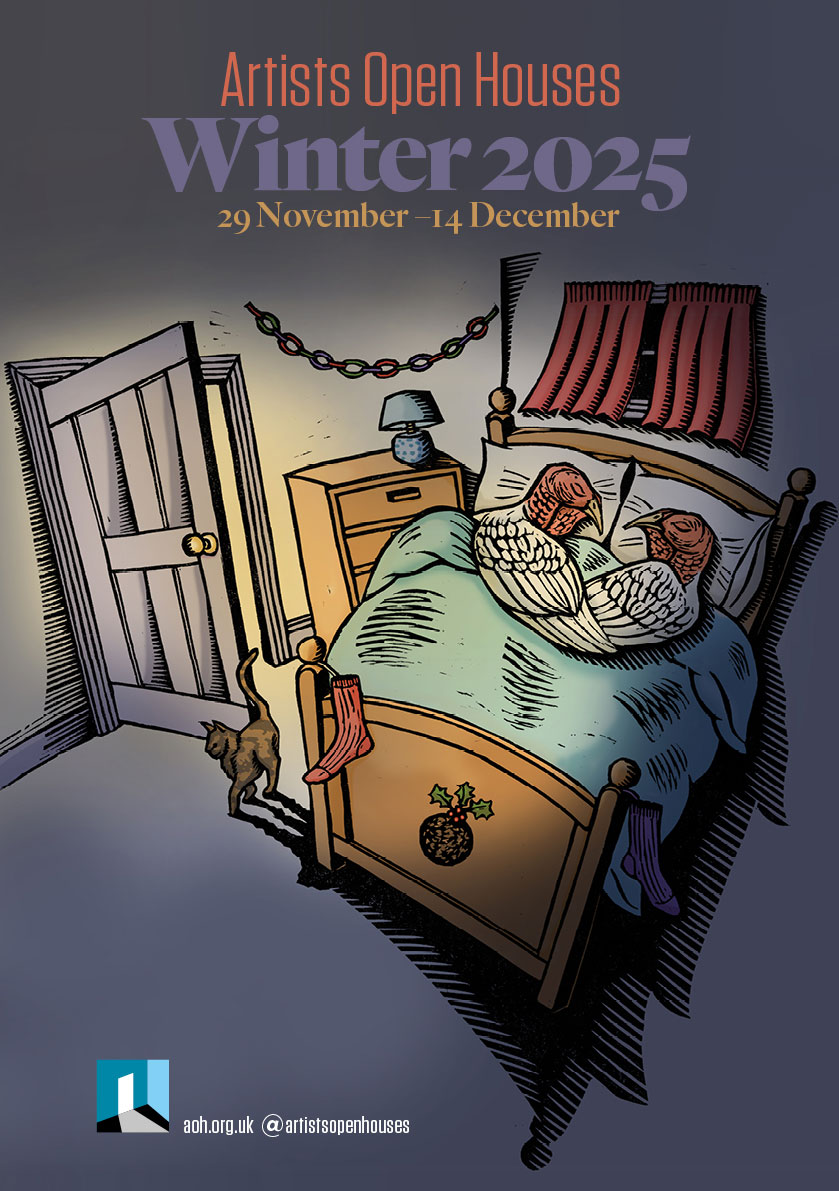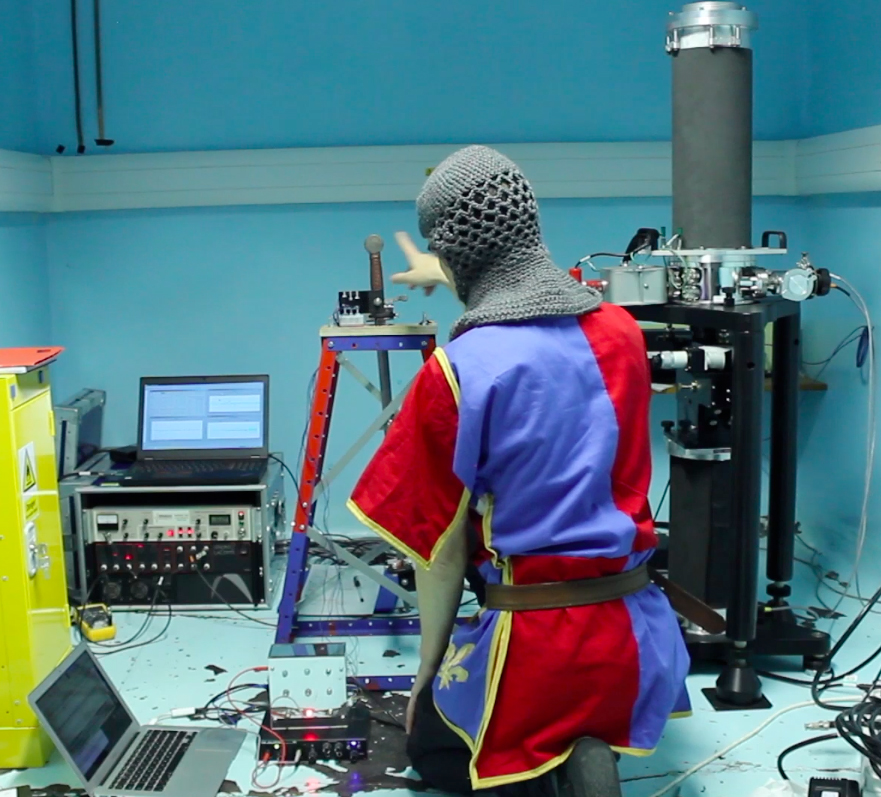New Grounds:Fake/Make – we talk to curator Idil Bozkurt

Hi Idil
Can you tell us about your New Grounds exhibition Fake/Make – where does the name comes from?
The name comes from the phrase ‘fake it until you make it’ as many of us must have heard it at some point in our life. The phrase has a reasonably long history. Its early uses can be traced back to the 20th century, where it was most likely considered out of necessity, or seen as the one’s voluntary path to cheerfulness. Originally, the phrase developed as an English aphorism, which suggests that by imitating confidence, capability, and a hopeful outlook, a person can realise those qualities in their real life. Many disciplines consider this mindset to enable a change one’s attitude through psychology to self-care culture.
How does the phrase relate to the work that is being shown in the New Grounds programme?
This year’s New Grounds programme is looking at the ideas, speculations and self-reflection on this subject through various art forms. Why do we fake it? What happens to the intention of ‘making’ in the act of ‘faking’? Does it lose the face value of the by-product or the purpose of the creation? Faking can be seen as being a fabricator or charlatan, but can it also be seen as a role-play which disguises, transforms and perhaps enables one’s creative act into practice? When faking precedes making, how does this affect the artists’ process?
New Grounds’ artists will be looking at the thought of ‘faking’/’making’ as a reflective relationship to speculate and show the personal experiences within these artistic practices of sound performances, multimedia installations and workshops.
Can you tell us about the workshops and performances you have coming up the next week?
We will start that week with the workshop Get Lost on the 28th of May at The Old Market (TOM). It explores the ideas around how to unmake a map collectively. By working interactively, we will explore the potentials and possibilities of divergence between what we see, read, understand and connote, using drawing, speaking, moving and reading. Turning to cameraless photography, we will explore the potentials of imaging space and perceptions explored, finally pulling each piece together in a big collaborative ‘map’ at the end.
Following this is Daniel Levin’s Cloakroom Session on the 31st of May at TOM again. Daniel is presenting a similar style performance as he did last year at The Cloakroom. He has been working on the concept and practices, exploring a person-centred therapeutic in a transformative space with a performance frame without expectation. He explores the idea of connection, silence, trust and spontaneity. It is an experimental immersive experience, one-on-one with a performer, exploring human connection, openness and transformation. *It may involve a dog appearance*
And what about the following weekend?
We have Rebecca Dyer who is a sound artist and performer. She will be at TOM on the 1st of June. Her music is acoustic-electronic, and she mixes pop with found sounds and old technologies. With her performance Music for Meltdowns, she will be using sensory toys, loop pedal and found sounds like part of an interactive performance exploring social ritual, stimming and the meaning of *autistic-friendly* space. Bring your fidget spinners!
Finally, we will be closing this year’s New Grounds’ events with Ed Briggs, who is a sound artist and performer as well. He will be at TOM on the 2nd of June. With his performance-lecture technique, he will be exploring the question of “how do we learn about the world by making things up?” with his performance Space Bard. He will present a tale of one idiot’s attempt to make sense of a unique site in Sussex – the Space Geodesy Facility at Herstmonceux. The Brighton based inventor and musician will present the result of a month-long residency at the facility situated on the Sussex Weald.
Is there any New Grounds work at TOM that visitors can see at other times during the AOH festival?
There is a multimedia exhibition which is still on in TOM’s bar and foyer area until the beginning of June. The photographic work ‘The Dawn and the Downs’ by Ëpha Roe; the mixed media work ‘A Stitch in Time’ by Bethan Clarke and the illustration work ‘Skully the Sad Skeleton’ by Súhannah Whitton. All of them explore the idea of Fake/Make from completely different perspectives.
You can still see the exhibition at TOM. It’s open between 11-7 weekdays and 1-5 Saturdays.




